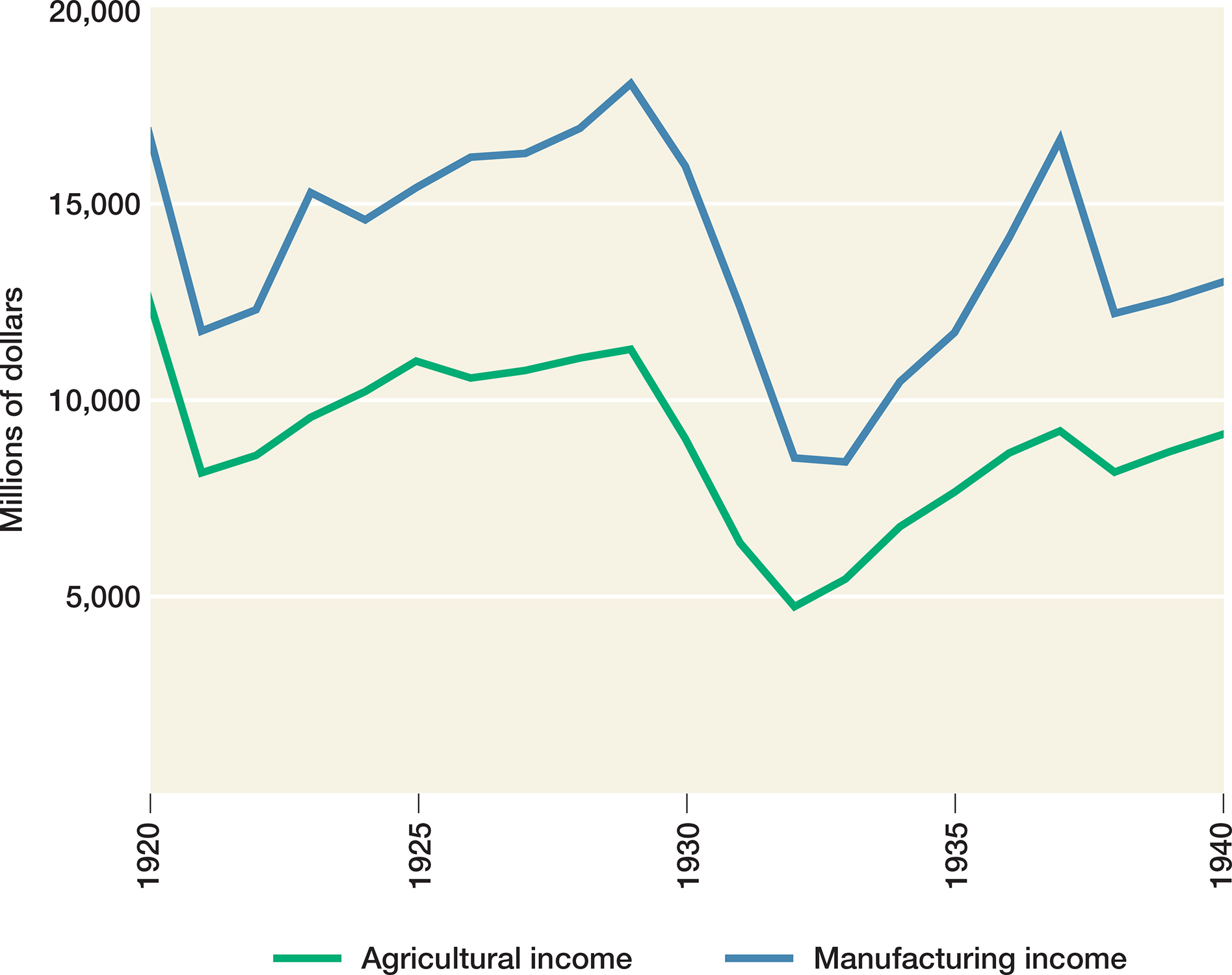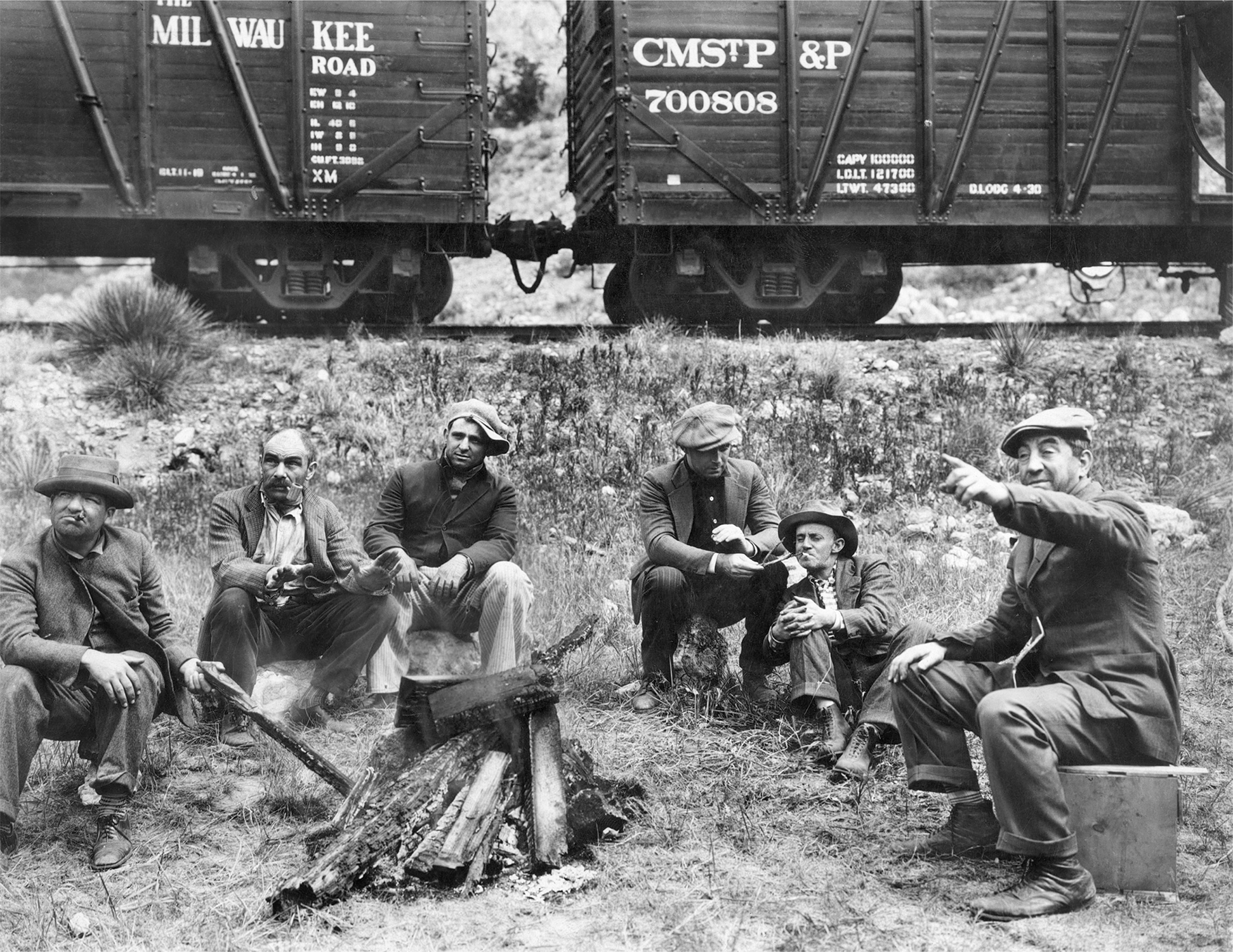The Human Toll

Statistics only hint at the human tragedy of the Great Depression. When Hoover took office in 1929, the American economy stood at its peak. When he left in 1933, it had reached its twentieth-
Jobless, homeless victims wandered in search of work, and the tramp, or hobo, became one of the most visible figures of the decade. Riding the rails or hitchhiking, a million vagabonds moved southward and westward looking for seasonal agricultural work. Other unemployed men and women, sick or less hopeful, huddled in doorways, overcome, one man remembered, by “helpless despair and submission.” Scavengers haunted alleys behind restaurants in search of food. One writer told of an elderly woman who always took off her glasses to avoid seeing the maggots crawling over the garbage she ate. In 1931, four New York City hospitals reported ninety-

Rural poverty was most acute. Tenant farmers and sharecroppers, mainly in the South, came to symbolize how poverty crushed the human spirit. Eight and a half million people, three million of them black, crowded into cabins without plumbing, electricity, or running water. They subsisted—
There was no federal assistance to meet this human catastrophe, only a patchwork of strapped charities and destitute state and local agencies. For a family of four without any income, the best the city of Philadelphia could do was provide $5.50 per week. That was not enough to live on but better than Detroit, which allotted 60 cents a week before the city ran out of money altogether.
The deepening crisis roused old fears and caused some Americans to look for scapegoats. Among the most thoroughly scapegoated were Mexican Americans. During the 1920s, cheap agricultural labor from Mexico flowed legally across the U.S. border, welcomed by the large farmers. In the 1930s, however, the public denounced the newcomers as dangerous aliens who took jobs from Americans. Government officials, most prominently those in Los Angeles County, targeted Mexican residents for deportation regardless of citizenship status. As many as half a million Mexicans and Mexican Americans were deported or fled to Mexico.
The depression deeply affected the American family. Young people postponed marriage. When they did marry, they produced few children. White women, who generally worked in low-